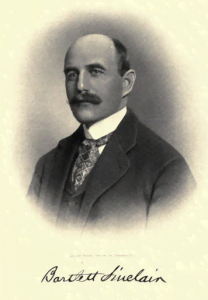The Church of Jesus Christ of Latter Day Saints in Idaho
The following record is contributed by one who stands high in the councils of the church and in the civic affairs of the state, and the article merits a place in this history, as representing an element which has a distinct place in the annals of Idaho and which is contributing to her welfare and stable prosperity: The remarkable journey of the Mormon people from the borders of civilization to the wilds of the western wilderness, in 1847, is now a matter of history. The pioneer camp of that exodus comprised one hundred and forty-three souls, and was led by … Read more

